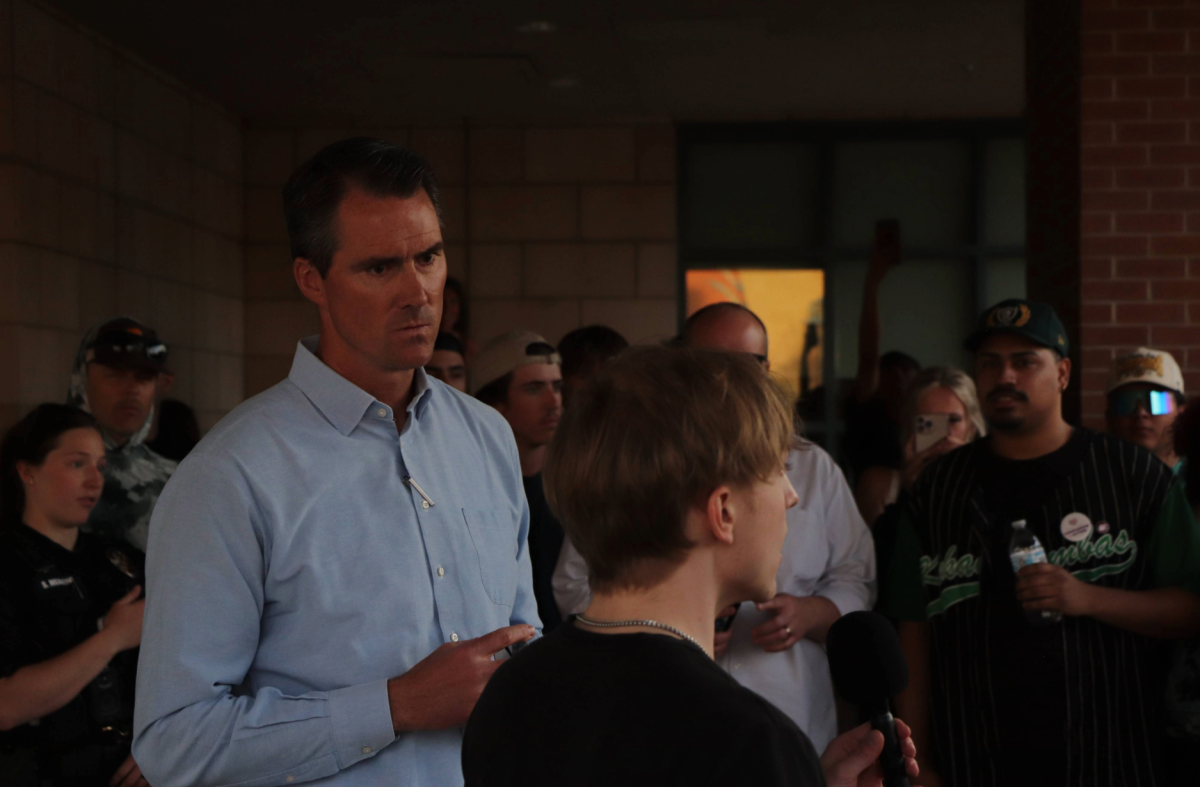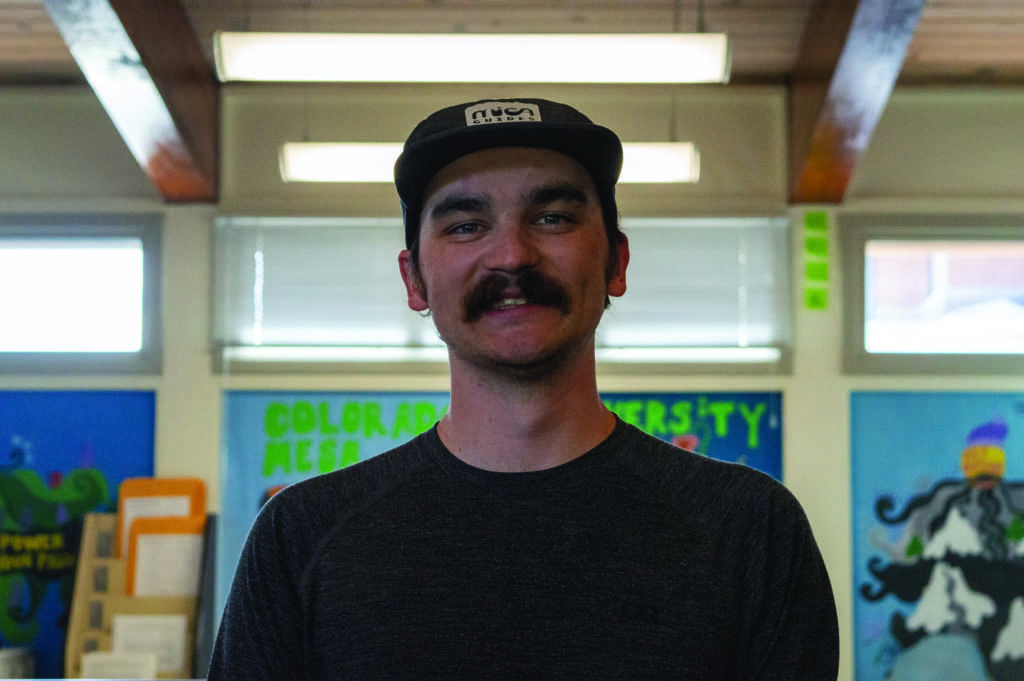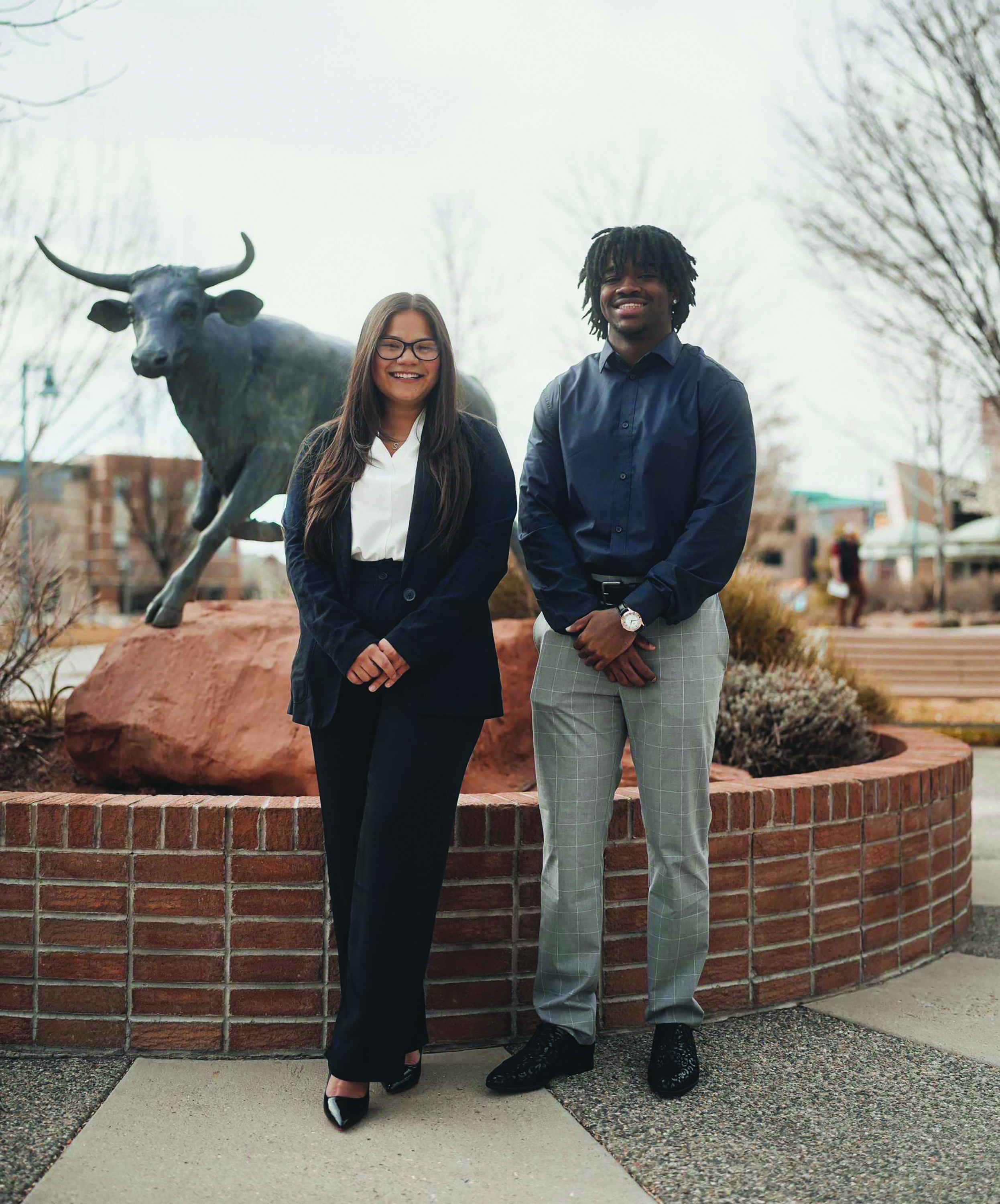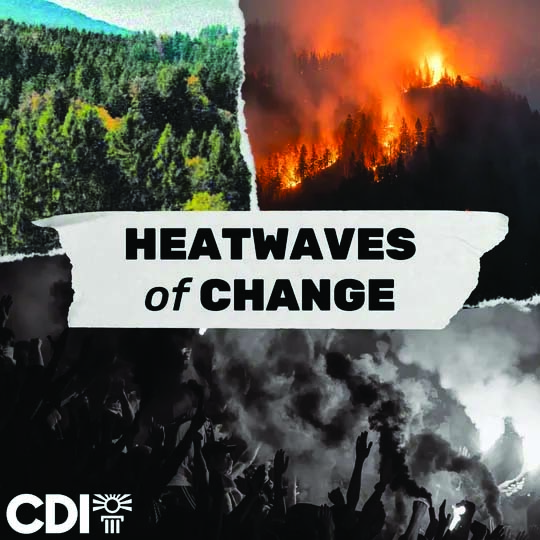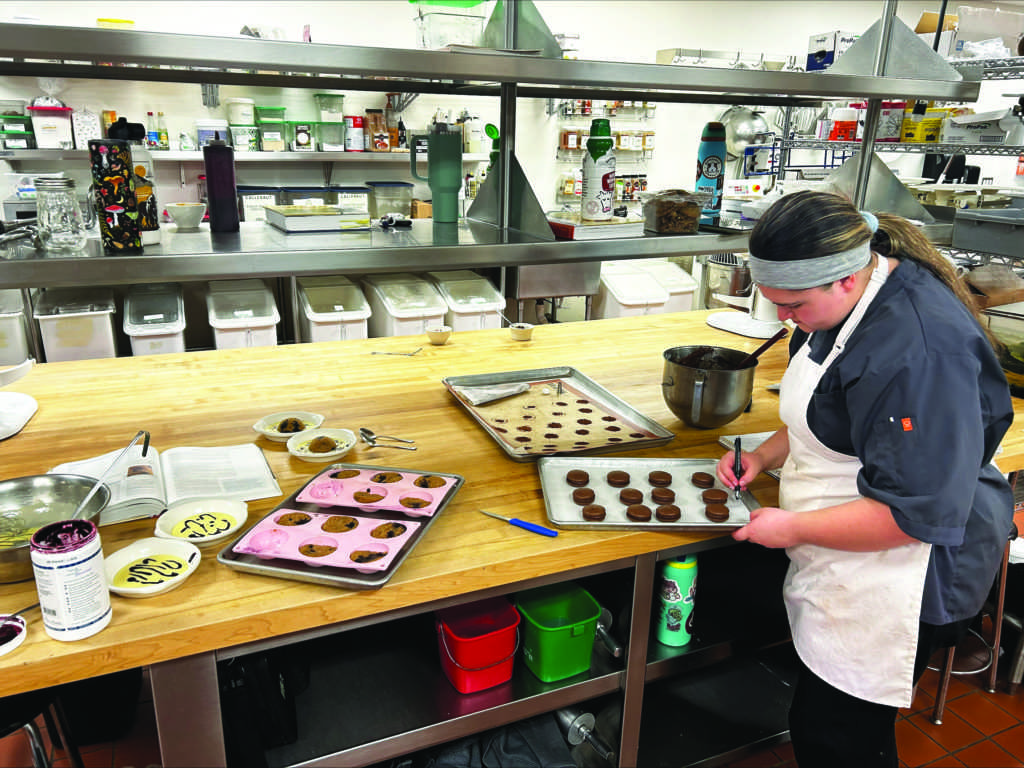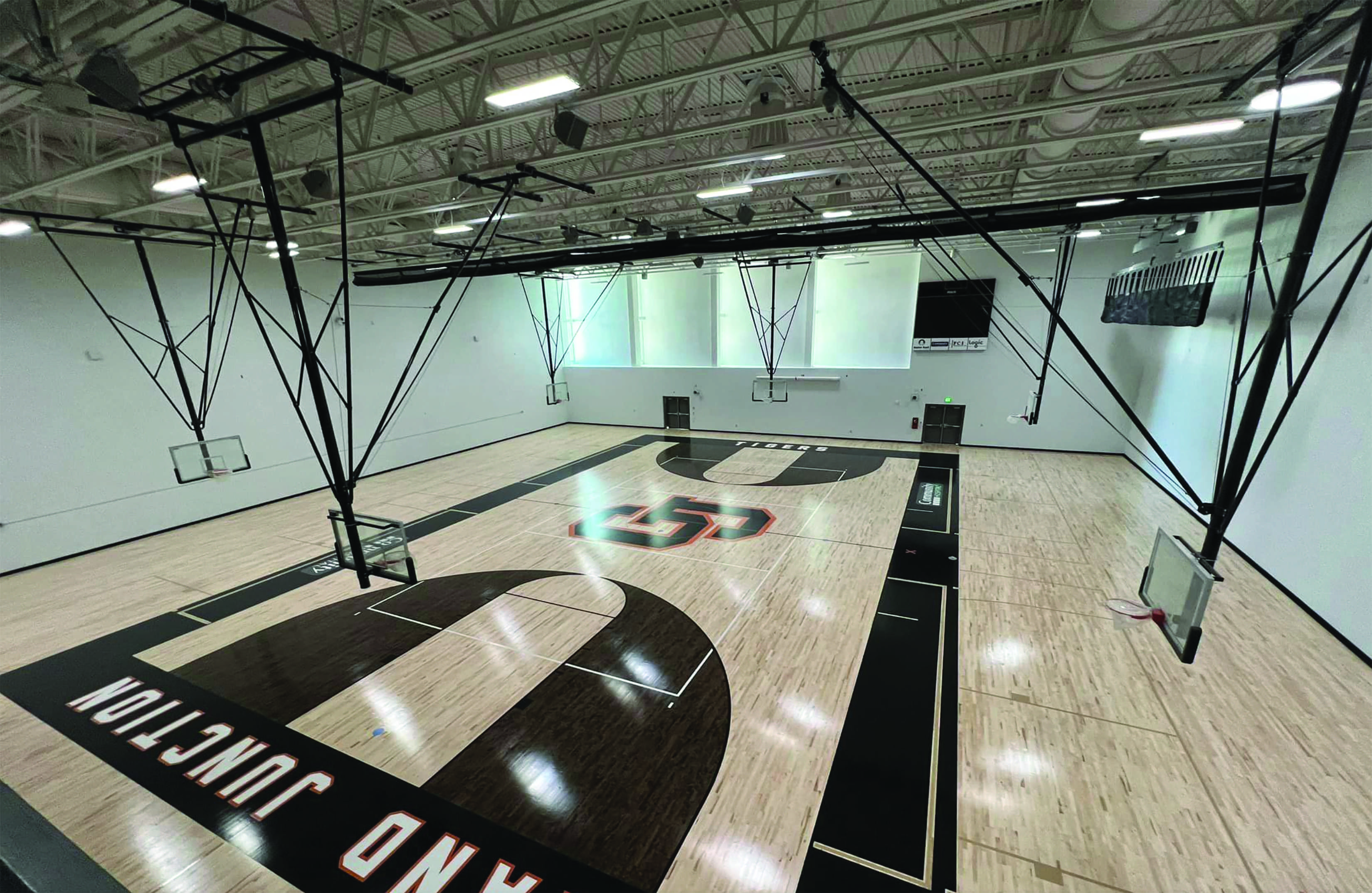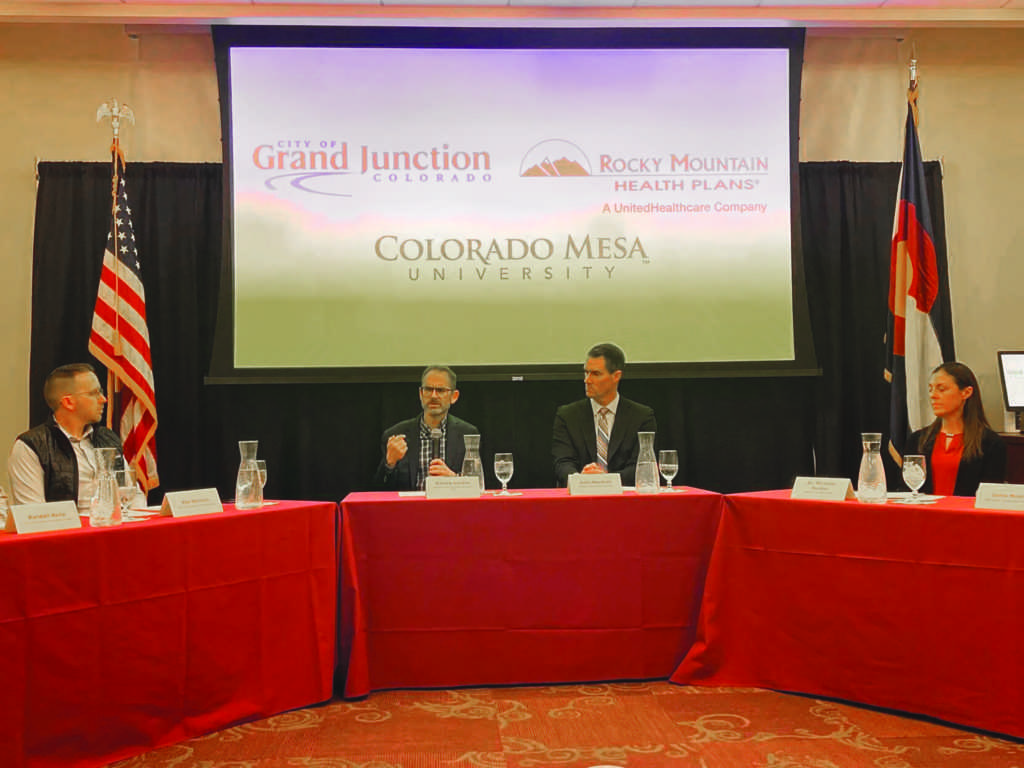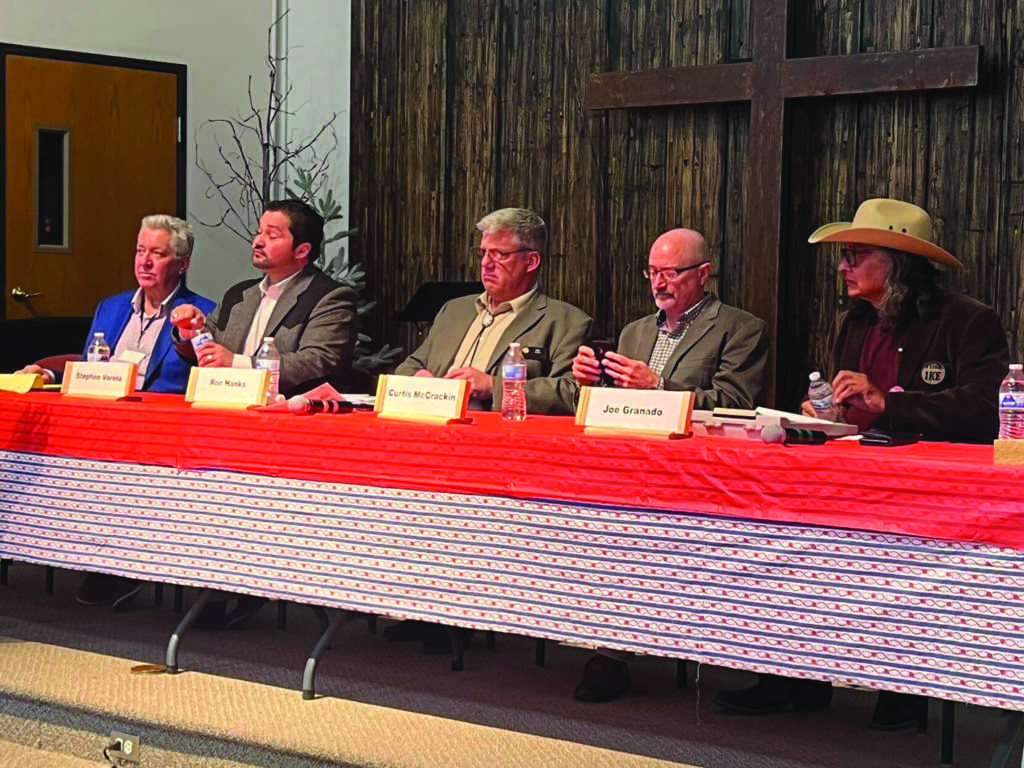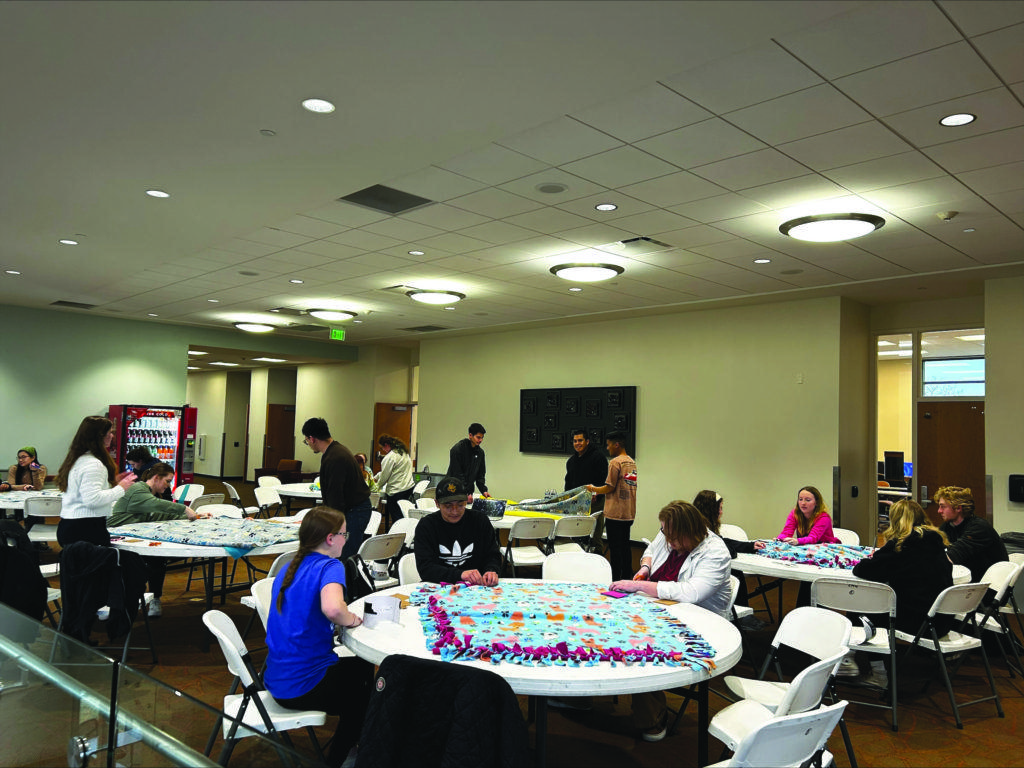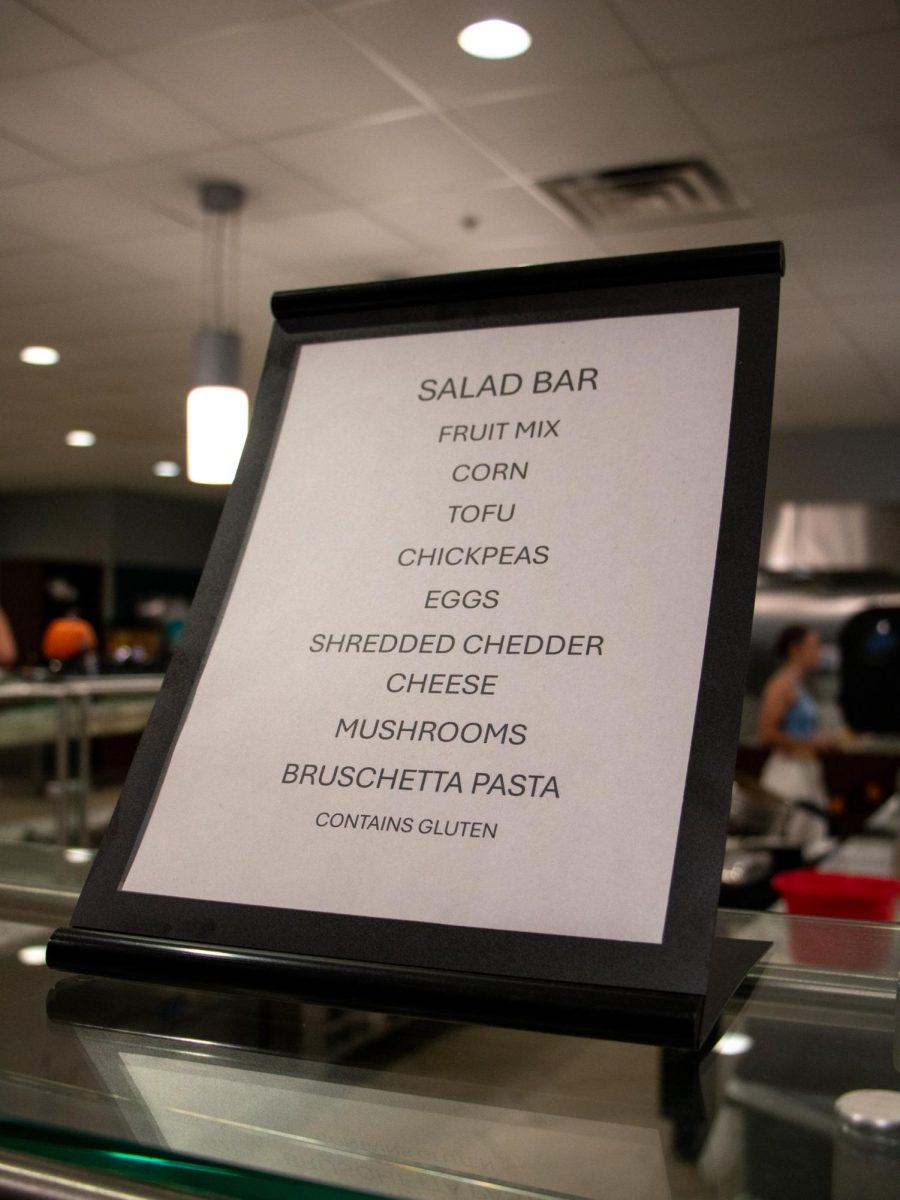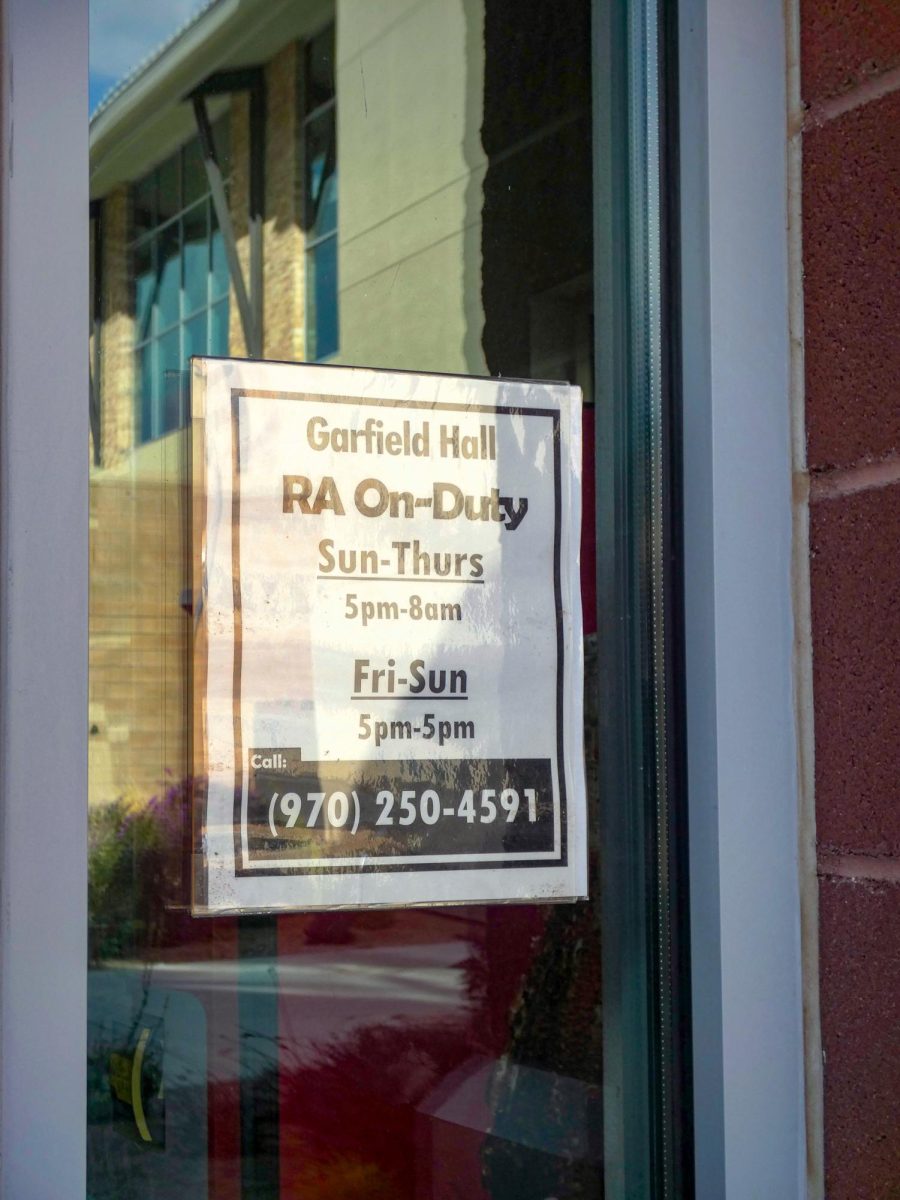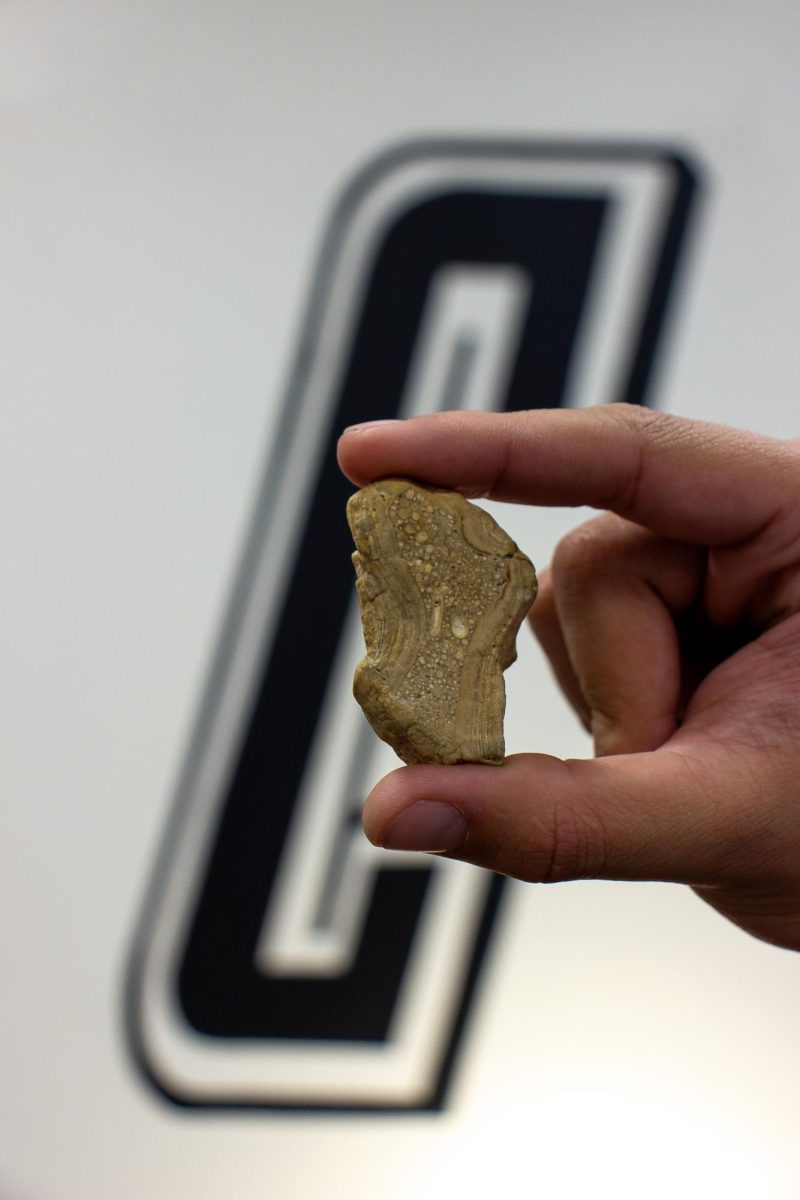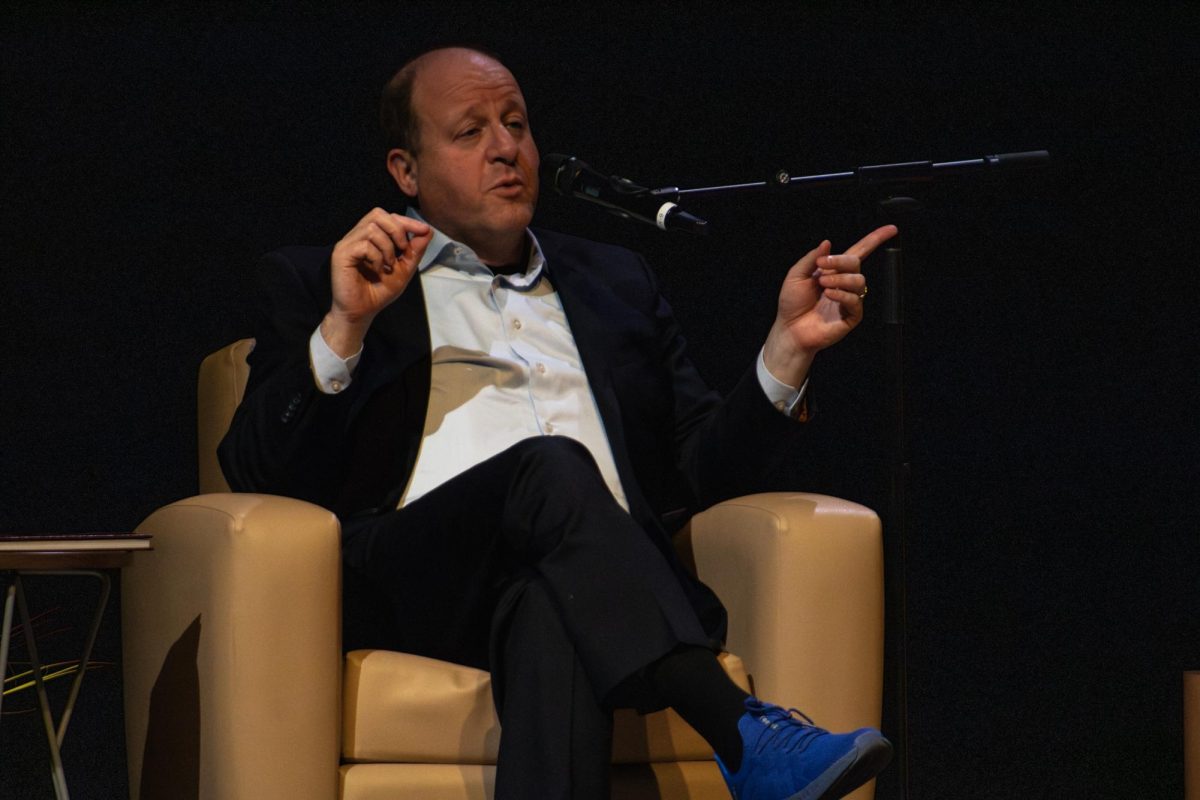Tim Casey and Justin Gollob of the Colorado Mesa University political science department recently conducted a study on citizen migration to rural Colorado areas.
The study involved the counties Chaffee, Delta, Dolores, Fremont, La Plata, Mesa, Montezuma, Montrose and San Miguel, which all offer a representative mix of western and central Colorado populations outside of the more popular areas of the state.
The study was detailed and informative, including each county’s percentage of federal public lands. It also covered percentages and migration habits in counties in northwest and southwest Colorado.
“The purpose of the study was to better understand what factors are influential in a person’s decision to move to, or stay in, rural western Colorado, including the role of public lands in those decisions,” Casey, director of the Natural Resource Center and political science professor at CMU, said. “We randomly surveyed nearly 1,400 individuals from 9 counties, including Mesa County where CMU is. This research will help land use planners and local governments better understand the expectations of their local communities regarding quality of life issues. It affects CMU to the extent that we are providing a public good to the western slope of value to politicians and planners on all sides of the spectrum.”
The study found that the majority of people in both regions have lived in another place at some point in their lives, but still love and have great respect for their hometowns and counties. The study says that most people end up living in their respective regions for about 21 years on average, and generally describe their areas with fondness and positivity.
They also found that most people moved to the selected rural areas from out of state because they enjoyed the environment. In the northwest, four out of five of the highest rated characteristics are tied to the landscape/physical environment, and in the southwest, three of five of the top characteristics are related to the landscape/physical environment.
The majority of the people who moved believe that their respective areas are either as good or better than they envisioned. People who stay in their counties have stayed there for over 10 years, and the majority of them do it because they enjoy the area.
The residents in both the northwest and southwest agree that public land is important to their counties, and it improves the quality of life within their communities. Both regions appreciate the diversity of recreational opportunities on public lands, the views and access that the public land provides.
The study provides evidence and information regarding the reasons people live in rural Colorado areas, why they enjoy it and why they came. It also provides insight on how public/government land affects these communities and how Colorado residents live.



